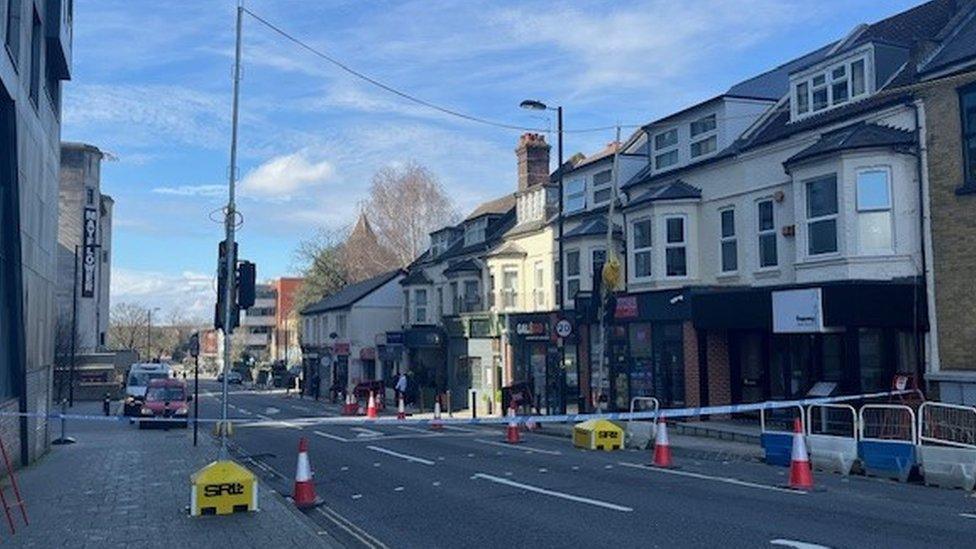Unexploded ordnance 'safely removed' from seafront
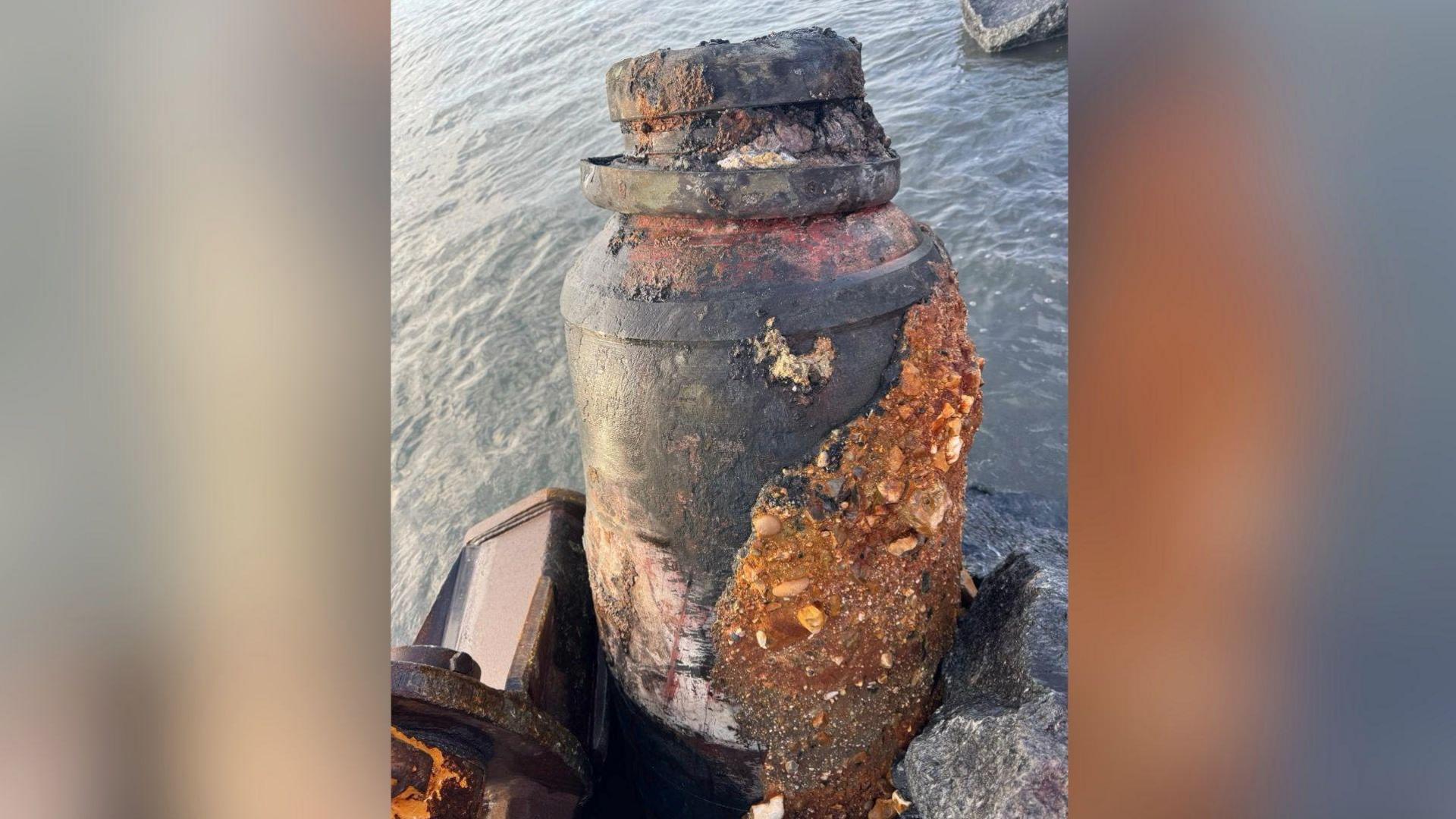
MACC International Ltd said police and the Royal Navy were called after the discovery of the weapon
- Published
A piece of unexploded ordnance that led to buildings along a seafront being evacuated has been safely removed.
Cordons were put in place in the Pier Road area of in Southsea after police were called at 09:37 GMT.
A spokesperson for Hampshire and Isle of Wight Constabulary said Blue Reef Aquarium, the D-Day Museum, Clarence Pier and parts of Southsea Common were evacuated and cordoned off during the operation.
A large police presence remained in Southsea after the discovery, but shortly after 21:00 police said the area had been made safe.
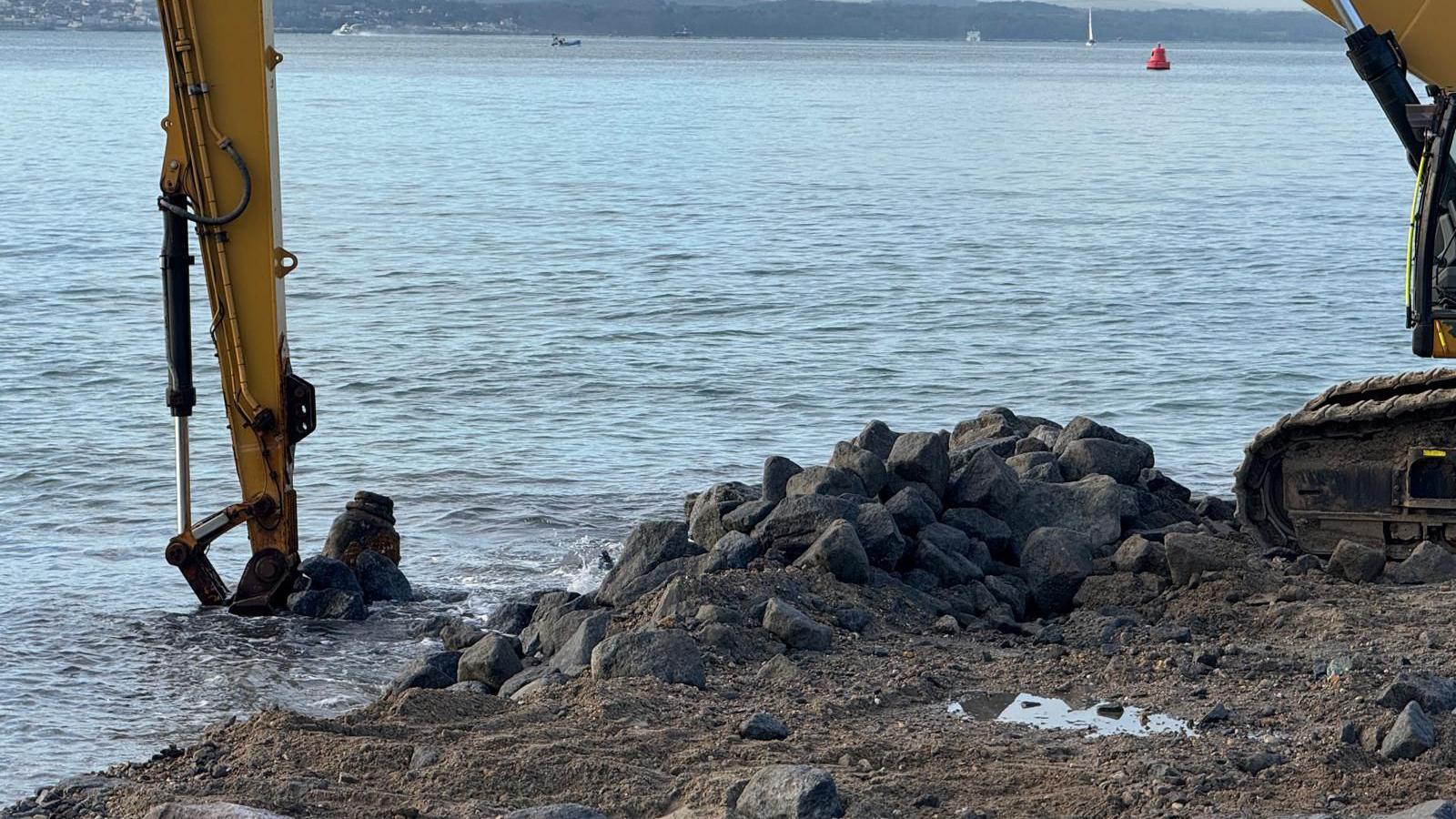
MACC International Ltd released a statement saying they identified a SC1,000kg Air Delivered Weapon
A spokesperson said: "Our partners in the Explosive Ordnance Disposal team have now safely removed the ordnance from the area.
"The Southsea cordons have now been lifted."
The BBC was told by an eyewitness that a bomb was found by a digger during coastal defence works between Blue Reef Aquarium and Hovertravel.
MACC International Ltd, a company specialising in unexploded ordnance risk, has since released images of the weapon on social media. , external
The company said the ordnance had been found while staff were providing support to the coastal sea defence works and it had been identified as a SC1,000kg air delivered weapon.
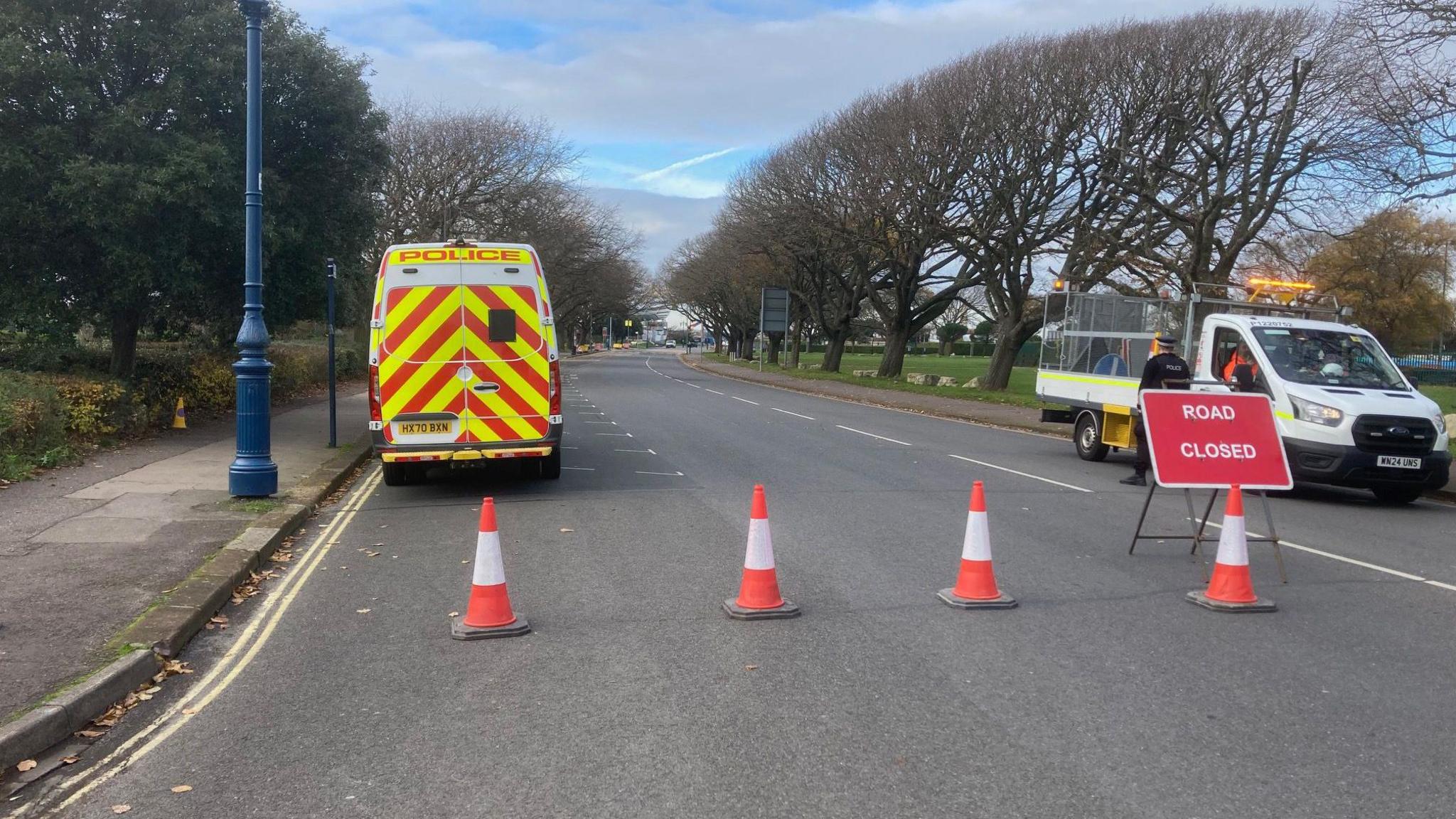
A police cordon was put in place as a safety precaution
Road closures were put in place in October for the defence works, which will last until 2026, and there is a temporary footpath through the common.
According to the eyewitness, the unexploded ordnance was found in the construction area and is between 4ft to 5ft (1.2m to 1.5m) long.
Police set up road blocks around Southsea Common, and urged members of the public to avoid the area during the recovery.
No residential properties were evacuated.
The MoD is yet to comment on the discovery.
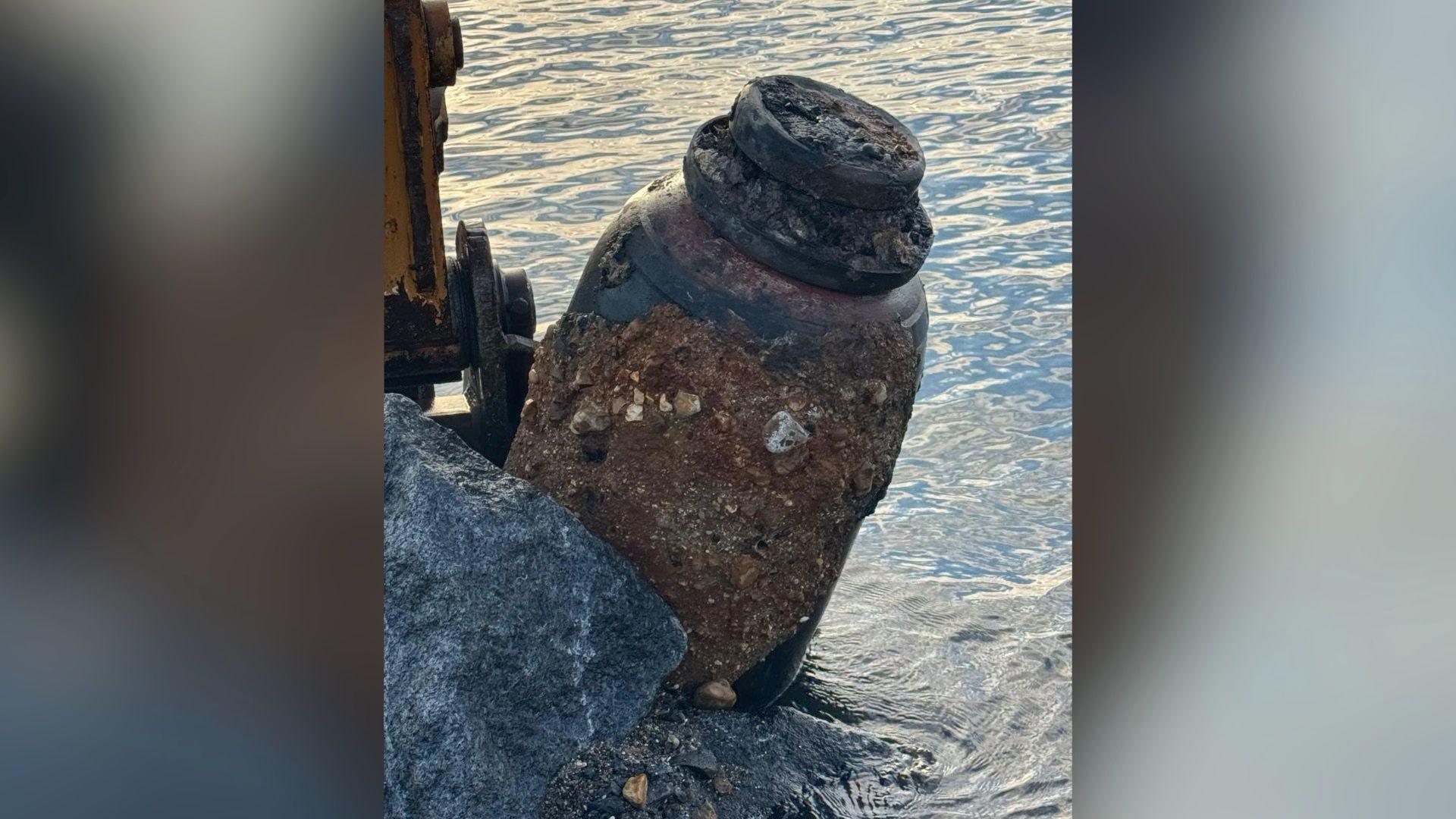
An eyewitness said the unexploded ordnance was found in the coastal defence works construction area
Get in touch
Do you have a story BBC Hampshire & Isle of Wight should cover?
You can follow BBC Hampshire & Isle of Wight on Facebook, external, X, external, or Instagram, external.
Related topics
- Published21 June 2024
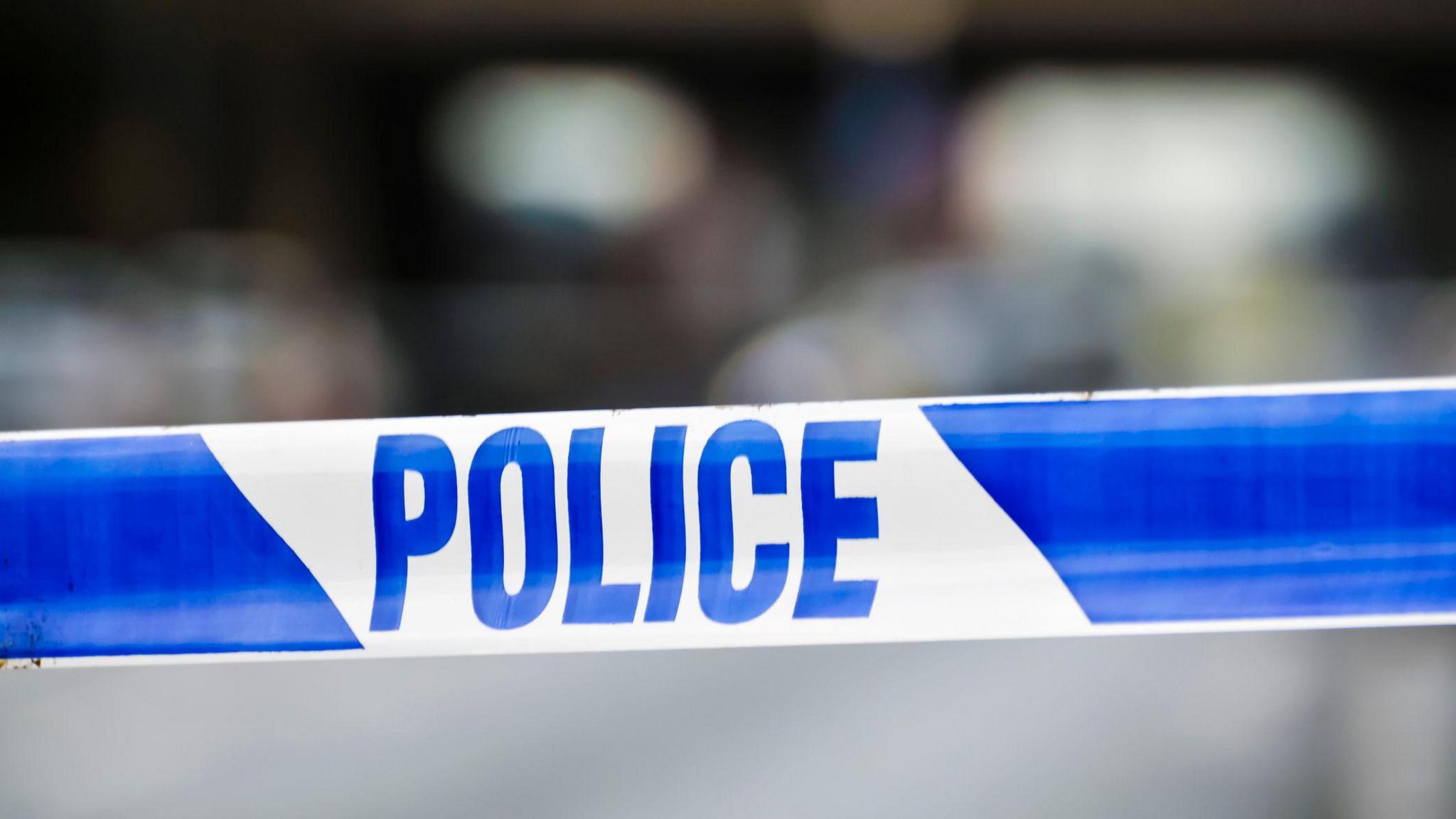
- Published20 November 2024
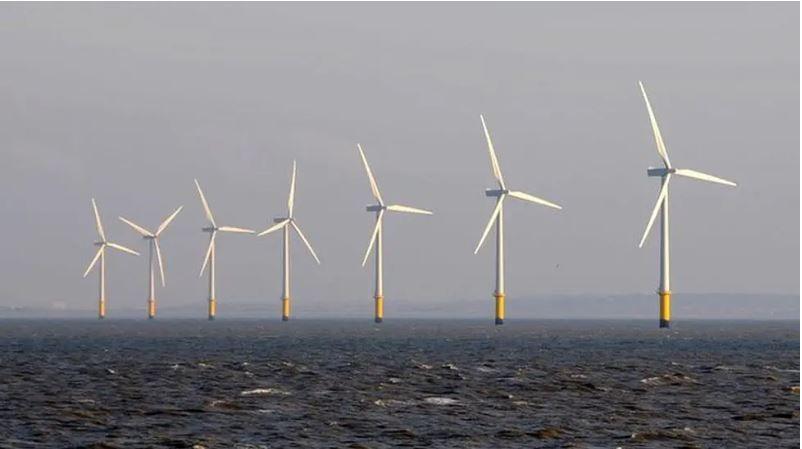
- Published16 November 2024
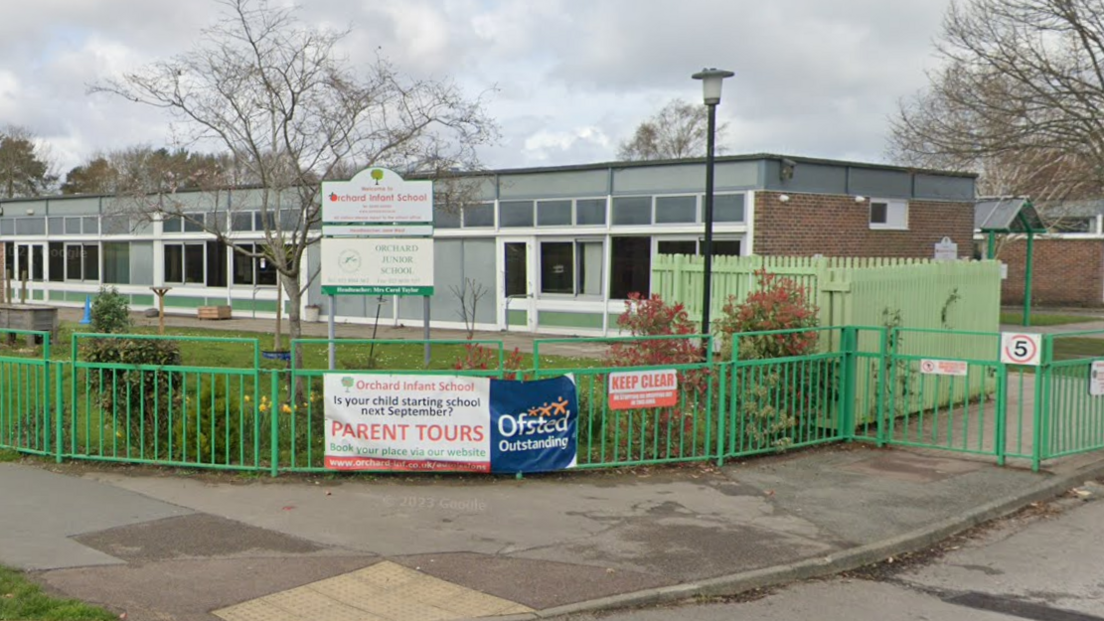
- Published14 March 2024
